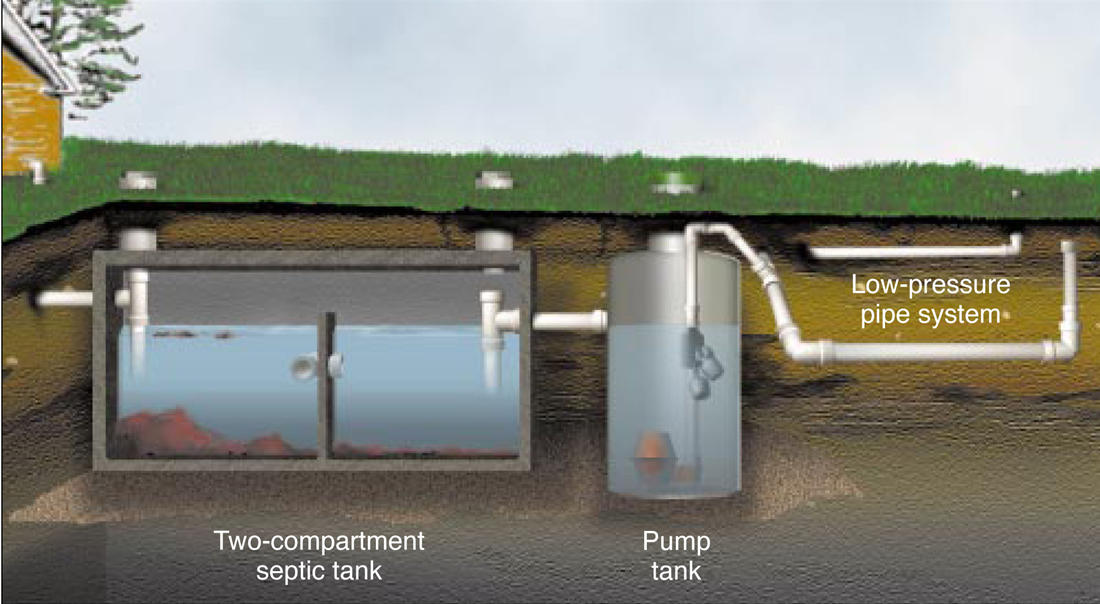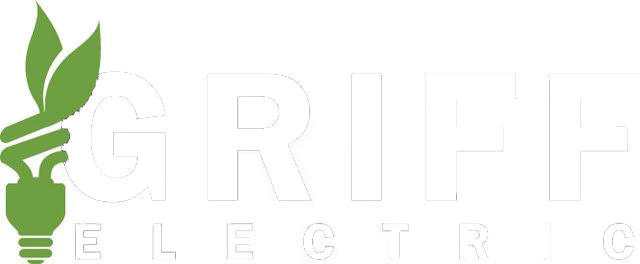
How much do you know about septic system wiring? If the answer is little to nothing, you’re not alone. It’s not something most people think about until it impacts their home or business, but as licensed electricians, it’s a routine part of our job.
We’re here to shed some light on how septic system wiring is done and why proper wiring is important in protecting your property.
Let’s start by taking a look at what septic systems actually are.
As the Environmental Protection Agency (EPA) explains, septic systems are underground wastewater treatment structures that are most common in rural areas without sewer access. Septic systems treat household plumbing wastewater coming from the kitchen, the bathroom, and everywhere in between via a septic tank and a drainfield (also known as a soil absorption field).
“The septic tank digests organic matter and separates floatable matter (e.g., oils and grease) and solids from the wastewater. Soil-based systems discharge the liquid (known as effluent) from the septic tank into a series of perforated pipes buried in a leach field, chambers, or other special units designed to slowly release the effluent into the soil.”
Septic systems come in all shapes and sizes.
There are many different types of septic systems beyond a conventional septic tank, which is known as a conventional system and is by far the most common. They’re known as alternative systems, and your electrical needs will depend upon the type you have or are installing. Some alternative types include:
– Raised Bed Septic Systems: Trench systems constructed in soil-fill material that’s placed on top of natural soil and can accept the septic’s liquid waste below the fill.
– Mound Septic Systems: Similar and often confused with raised bed septic systems, but the wastewater treatment occurs within the mound and not in the soil-fill below the structure.
– Chamber Septic Systems: Gravel-less systems with a series of connected chambers surrounded by soil, leaving the microbes in the soil to treat the liquid waste.
– Cluster Septic Systems: A decentralized septic system setup designed to treat wastewater from multiple properties in the same area.
Typically, areas will have the same type of septic tanks from property to property, and local electricians will be well-experienced in installing and servicing them.
So what type of wiring do septic systems require?
Where a septic system isn’t gravity-fed, an electric pump is installed in the septic tank to remove the water, which is one key place septic wiring comes in. The septic pump should have a dedicated circuit when possible, and needs to be installed from the breaker box to the septic tank (usually beneath the drain line).
Aside from the septic pump, the septic controls often need wiring of their own. The controls — including the septic float switch — trigger the pump to activate when the water reaches a certain depth. The float switch ensures the pump only comes on when the float is in position.
A licensed electrician will ensure all of the septic system wiring is properly installed, appropriately weatherproof, and up to electrical code.
An electrician will also be able to tell if your home will need an electrical service upgrade. A new septic system could increase your home’s electrical usage but a quick upgrade would help resolve that. He or she will also know how to treat electrical septic-related problems from pumps that stop working to pump motors that are failing and beyond. Your electrician will ensure the pump power cord is properly wired and that the system is equipped to handle the electrical load it needs to run. He or she may also troubleshoot by checking the control panel connections, conduits, fuses, and circuit breakers. Whether you’re running into septic system issues, looking at an install, or just want your questions answered, reach out to your licensed electrician to learn more.

